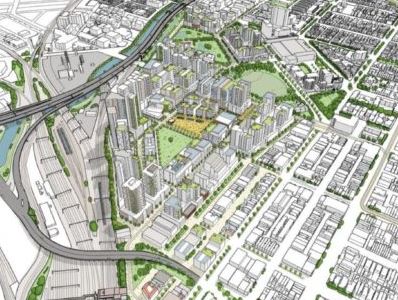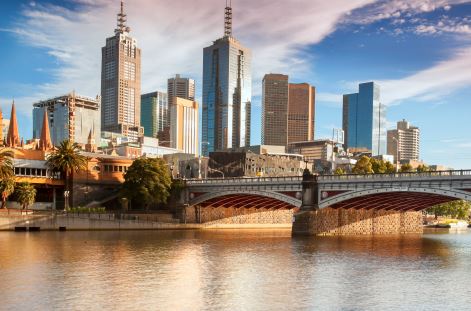
Australia is one of the most urbanized countries in the world, and our continued population growth continues to create new suburbs on the fringes of cities across the continent. These new suburbs and their formation process are often controversial.
This is not only due to the transportation and infrastructure supply problems that have arisen during the sprawl of urban areas. The most common comment on the new suburbs and suburbs is that they lack culture and sense of place, and have no vitality. The uniform development makes the difference between the regions.
When these suburban models were built on a blank board, they hardly considered the relationship with the existing landscape and how to form and create new stories. The location itself is based on the development of the story and the advancement of the timeline. Different people and protagonists and them Divided by different experiences. This layered thinking provides important clues for new development.
A study of Point Cook, a suburb of Melbourne, shows that trying to figure out the clues in the existing landscape plays a very important role in local development and activation. This makes the design and governance of new development projects more pertinent, and the design ideas are clearer and well organized. Then, by injecting new meaning into the place, people will have a sense of belonging and responsibility towards the community.
As part of Place Week Vic, researchers and practitioners will discuss how to develop suburban and new development features.
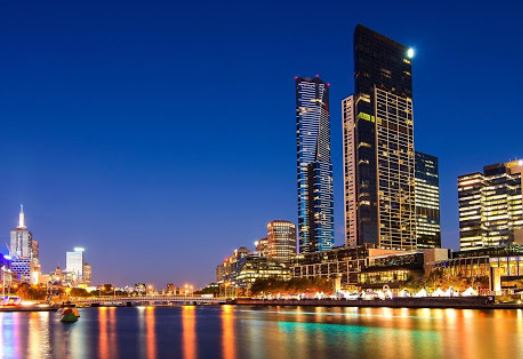
The story of Point Cook

The rapid population growth of Point Cook began in the 21st century, but the area has long been characterized by wetlands, which are vital to migratory birds around the world. It is also the birthplace of the Royal Australian Air Force RAAF.
The growth of Point Cook is mainly due to the development of independent housing, cultural diversity, young families, commuting and public transportation infrastructure.
Some buildings in the suburbs of Point Cook have inherited the hierarchy of historicity and extended landscape. (Provide bird habitat, integration with wetland ecology, treatment and application of natural water)
Unlike many suburbs, Point Cook has a main street with shops and sidewalks. It provides a framework for meeting venues, which are so important but usually lacking in the suburbs. This also requires effective local intervention to make this place operate in the desired way.
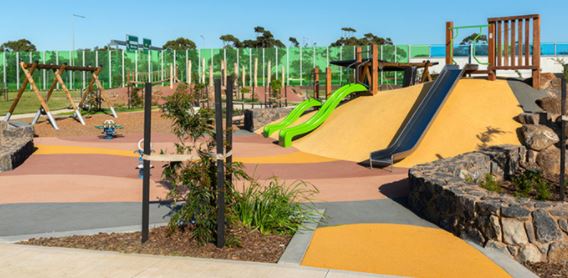
What makes the park a feature of the area?
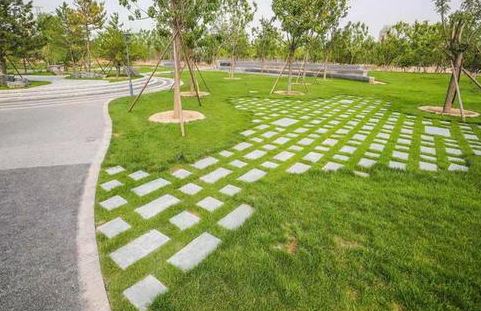
The design method of the park makes the social interaction between communities flexible, and the construction of many colorful spaces also benefits from the overall design and contribution of the park.
Children and families move seats and sandbags in the space, while local community groups and volunteer gardeners are responsible for painting, decorating and caring for the flower pots at the edge of the park. These elements create a casual atmosphere, a sense of comfort and management.
The important thing is that activities at the edge of the park will seep into the surrounding environment and vice versa. The restaurant seats along the sidewalk in front of the park are usually well used, and people think this place is a break from the rhythm and routine of suburban life.
The park can be a relaxing place or a denser place. During the Holi festival in India, dance, costumes and dyeing are shared as an evocative ceremony, and everyone is secretly invited to participate.
These interactions between people and identities make people more aware of the local common identity. Park co-founder Sara Mitchell (Sara Mitchell), the best resident of Point Cook in a decade, described the design approach as the community as “in color.” This metaphor describes the importance of leaving blanks in formal design elements. This allows residents to make and interpret locations in a way that forms new personal and collective bonds.
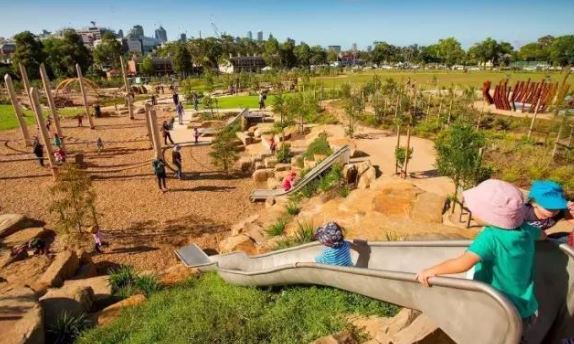
Lessons to learn when developing new suburbs
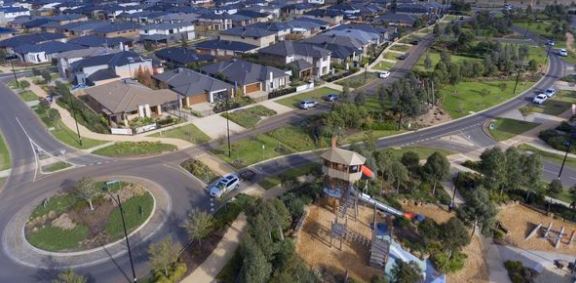
The pop-up park at Point Cook demonstrates the power of place making. This place takes into account the layered nature of the place, highlights local assets and enhances the place’s ability to bring people together.
These types of activities are more likely to flourish when new suburbs are designed and managed to provide attractive openings for their residents so that residents can interpret and create places in ways that go beyond work and consumption habits.
When talking about the tolerance of an area or wanting the area to form a place of other significance, the importance of the area to the city must not be lowered.
